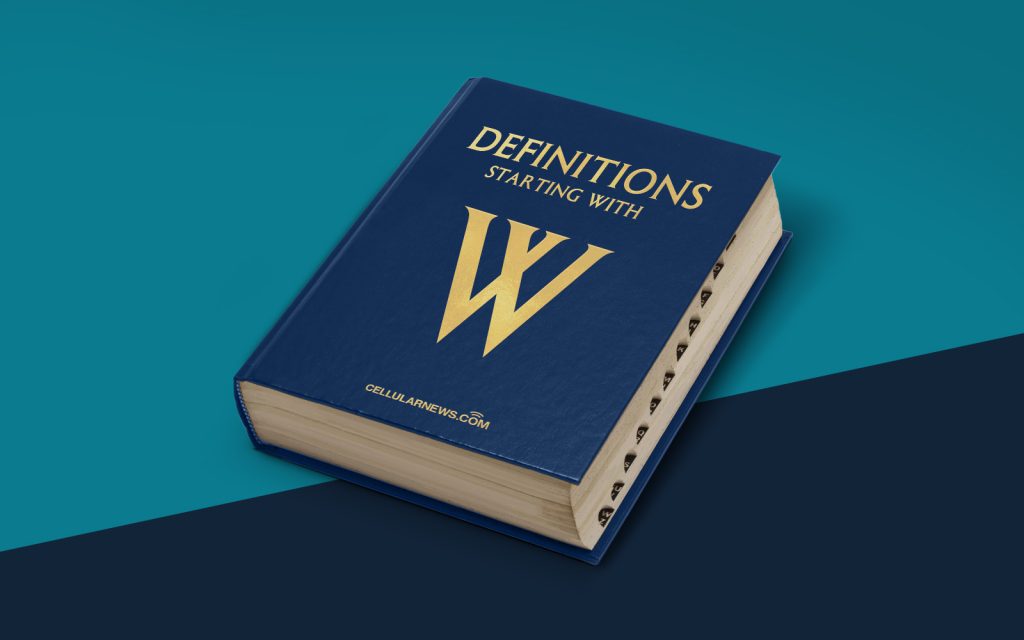
Welcome to the World of Words Per Minute (WPM)!
Have you ever wondered how fast you can type? Or how fast you can read? Well, you’re in the right place! Today, we’re going to explore the fascinating world of Words Per Minute (WPM) and discover what it truly means in the context of typing and reading. So, let’s dive right in!
Key Takeaways
- Words Per Minute (WPM) is a measurement used to determine the speed at which a person types or reads.
- Improving your WPM can help you become more efficient and productive in various tasks, such as writing, data entry, or reading documents.
Understanding Words Per Minute (WPM)
Words Per Minute (WPM) is a metric commonly used to measure the speed at which a person can type or read. It indicates the number of words someone can type or read within the span of one minute. WPM is commonly utilized in various industries, including transcription services, data entry jobs, and even educational settings. It provides a standardized benchmark for evaluating efficiency and productivity.
If you’re curious about your typing speed, you can take a typing test that will calculate your WPM. Typing tests typically require you to type a given text within a specified time frame. The test calculates your WPM based on the number of correct words you type within that given time.
On the other hand, if you’re interested in measuring your reading speed, you can also find tests specifically designed to determine your WPM. These tests often present you with passages of text and require you to read them within a timed interval. Once the time is up, the test will calculate your WPM based on your reading comprehension and speed.
How to Improve Your WPM
Whether you want to increase your typing speed or become a faster reader, here are some tips to help you improve your WPM:
- Practice, practice, practice: Just like any skill, the more you practice, the better you become. Set aside regular practice sessions to improve your speed and accuracy.
- Use typing software: There are numerous typing software programs available that can help you enhance your WPM. These tools provide interactive exercises and real-time feedback to assist you in your journey to becoming a speedy typist.
- Read regularly: Reading not only expands your knowledge but also helps improve your reading speed. Set aside time in your daily routine to read different materials, whether it’s books, articles, or even online blogs.
- Focus on accuracy first: While speed is essential, it’s equally important to focus on accuracy. Practice typing or reading at a pace where you can maintain a high level of accuracy. As you become more comfortable, gradually increase your speed.
- Take breaks: It may sound counterintuitive, but taking short breaks during your practice sessions can actually improve your overall speed and efficiency. These breaks allow your mind and body to rest, preventing fatigue and improving your performance.
Remember, improving your WPM takes time and effort. Be patient with yourself and celebrate small victories along the way. With consistent practice and perseverance, you’ll see your WPM increase steadily over time.
Now that you have a better understanding of Words Per Minute (WPM), it’s time to put your newfound knowledge into action. Whether you’re aiming to become a faster typist or a more efficient reader, keep those fingers flying and those pages turning!
